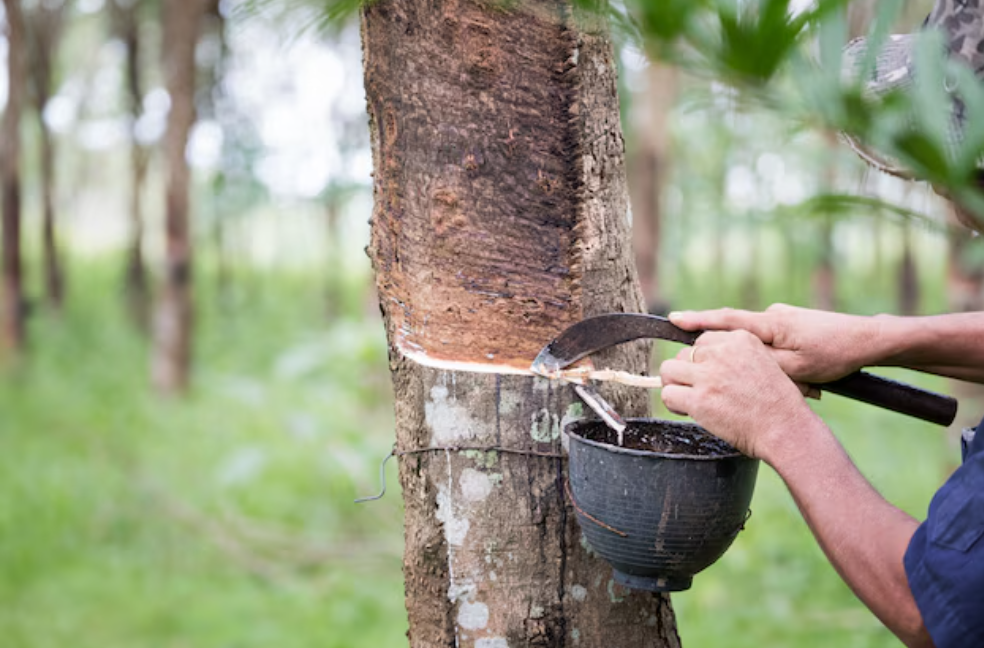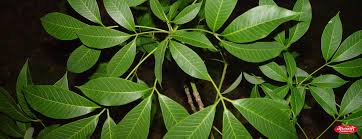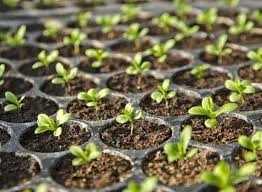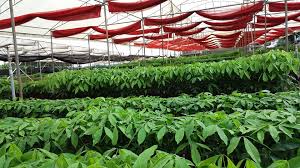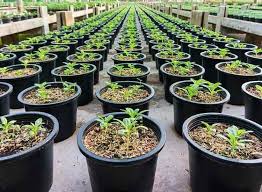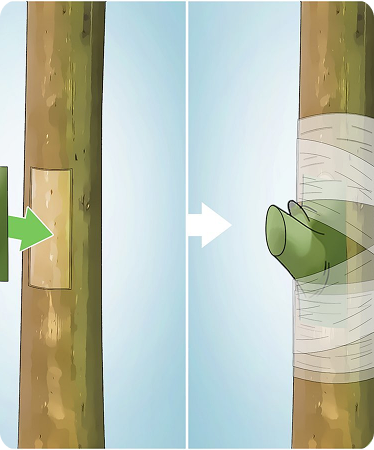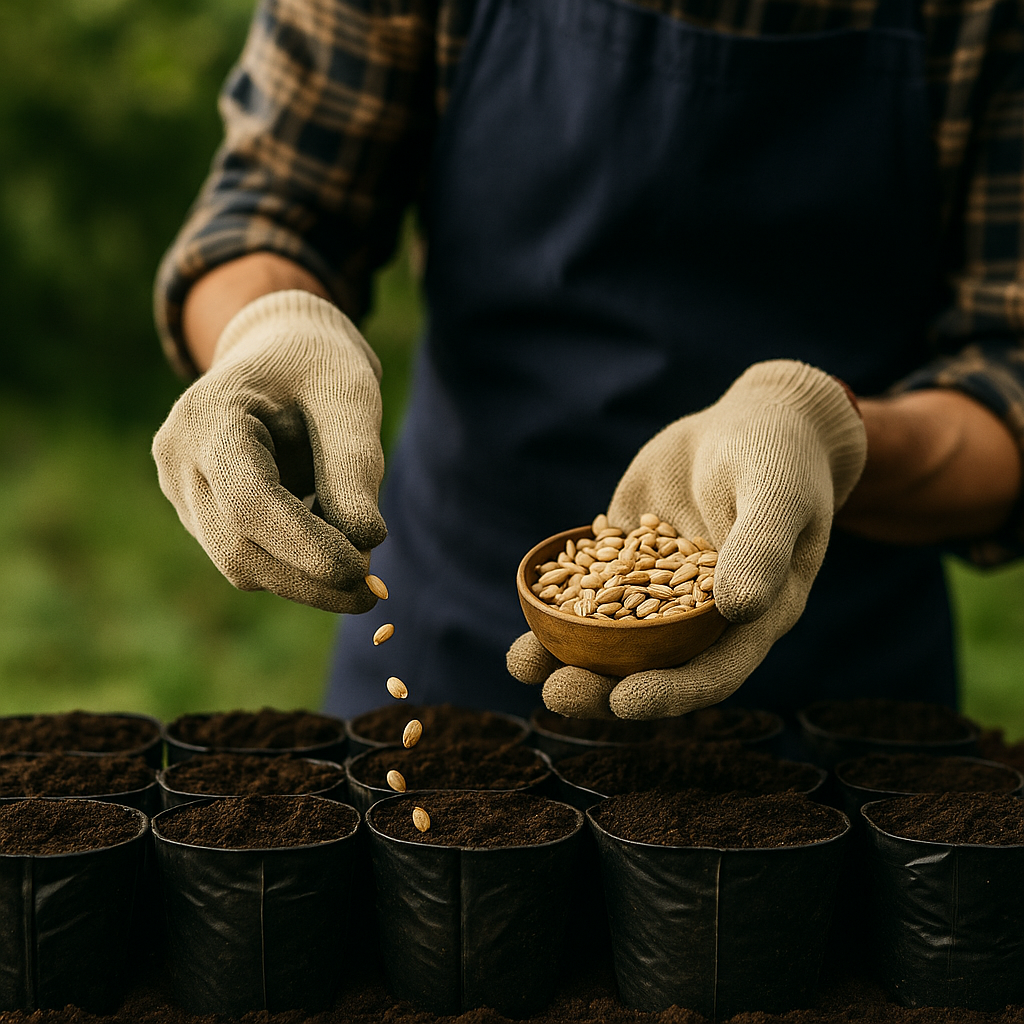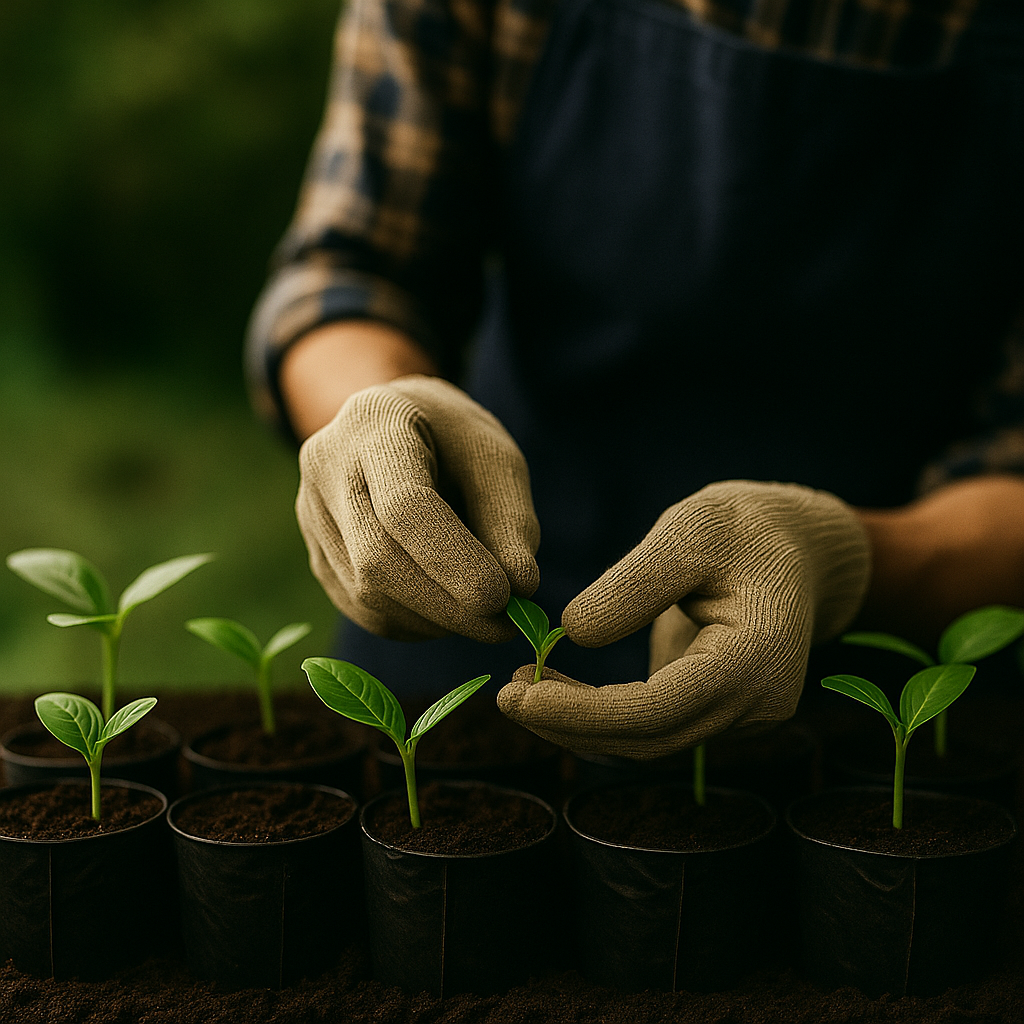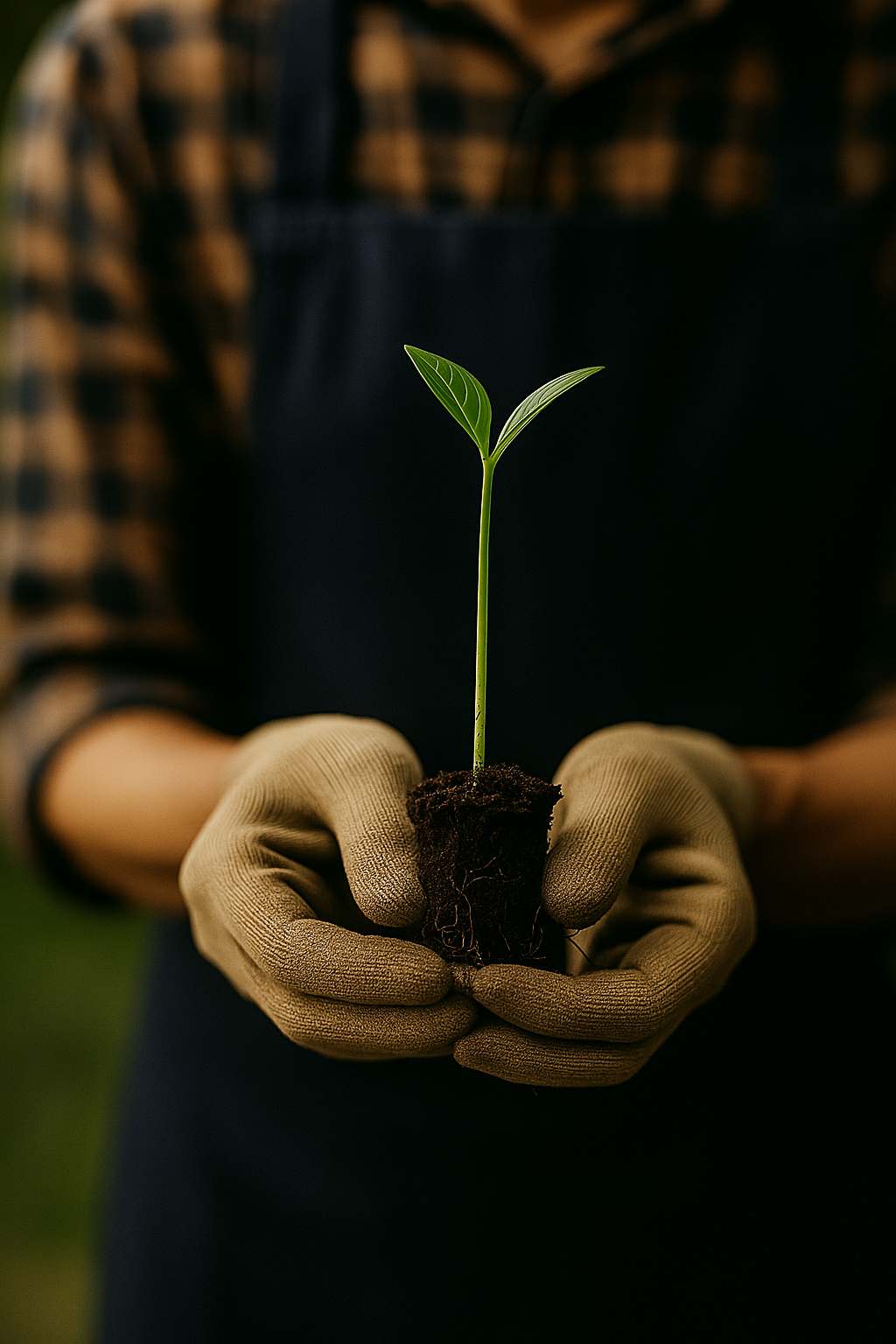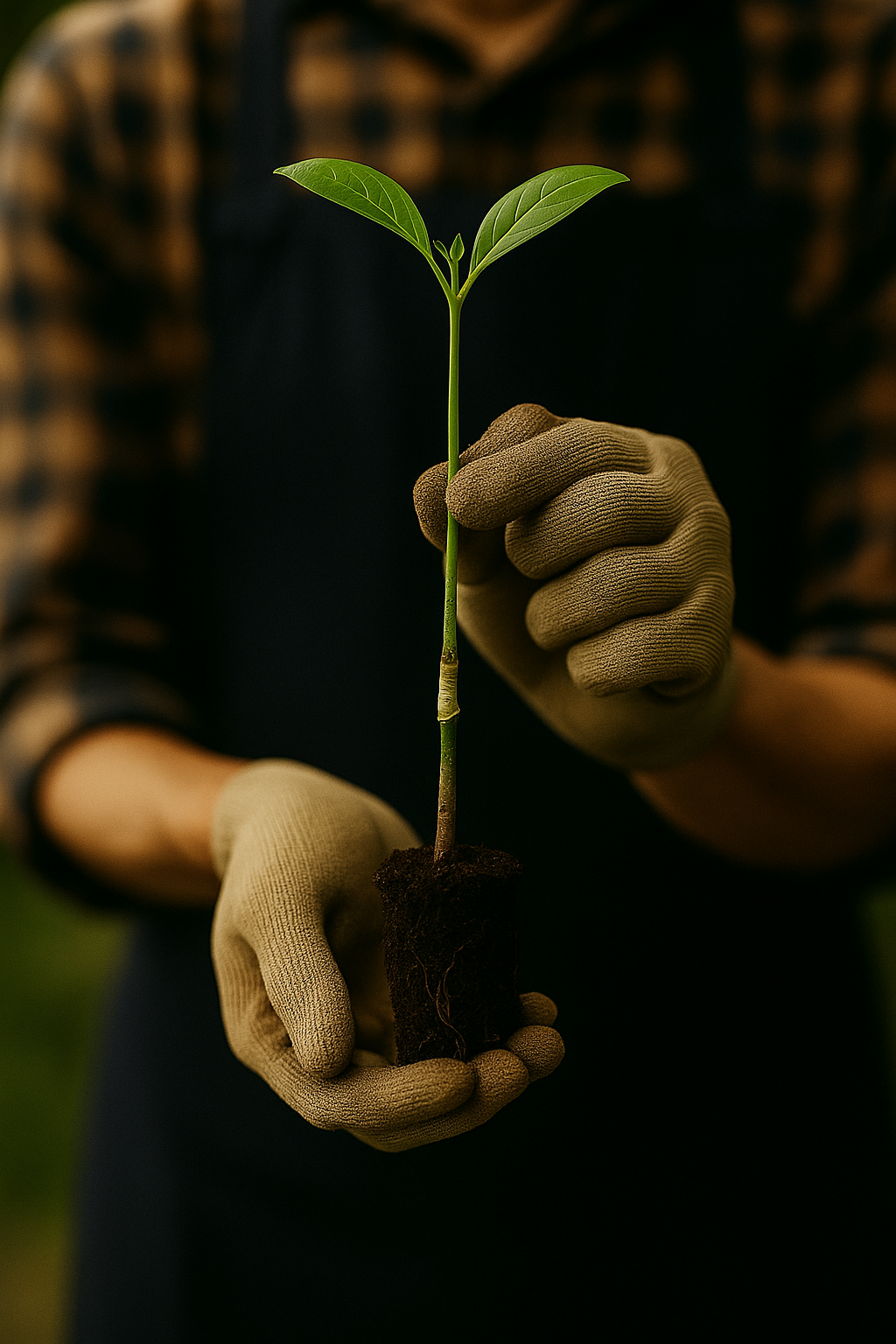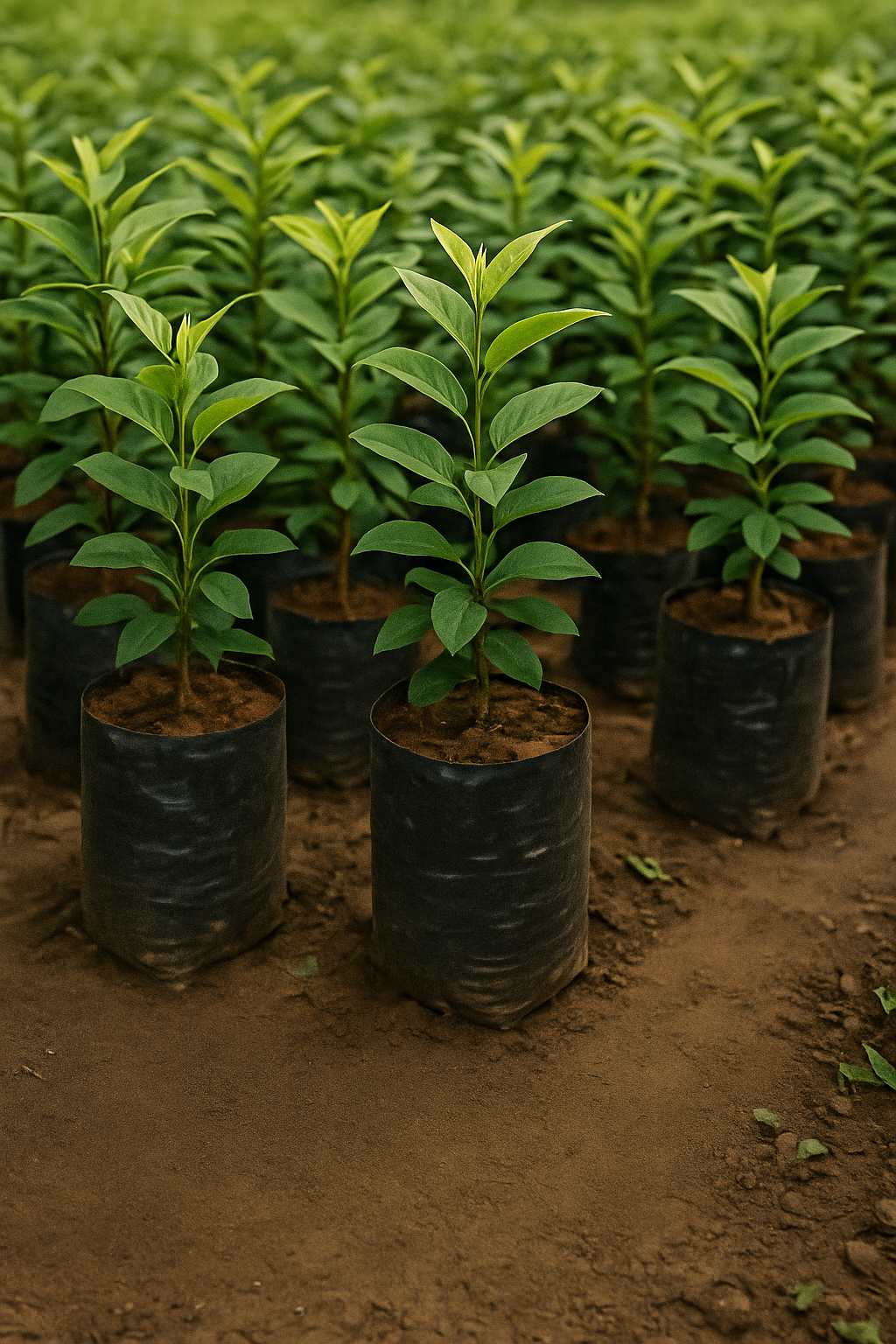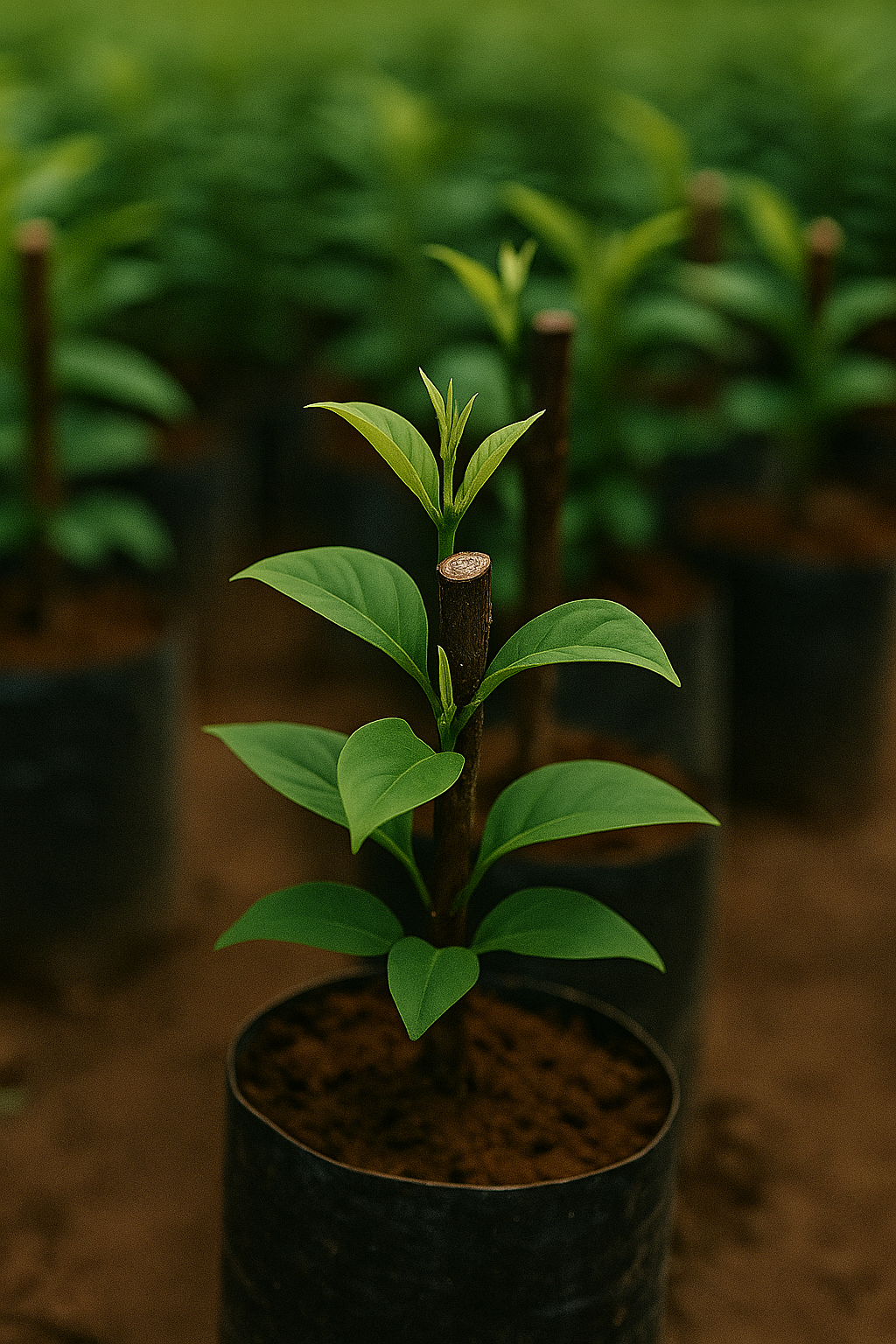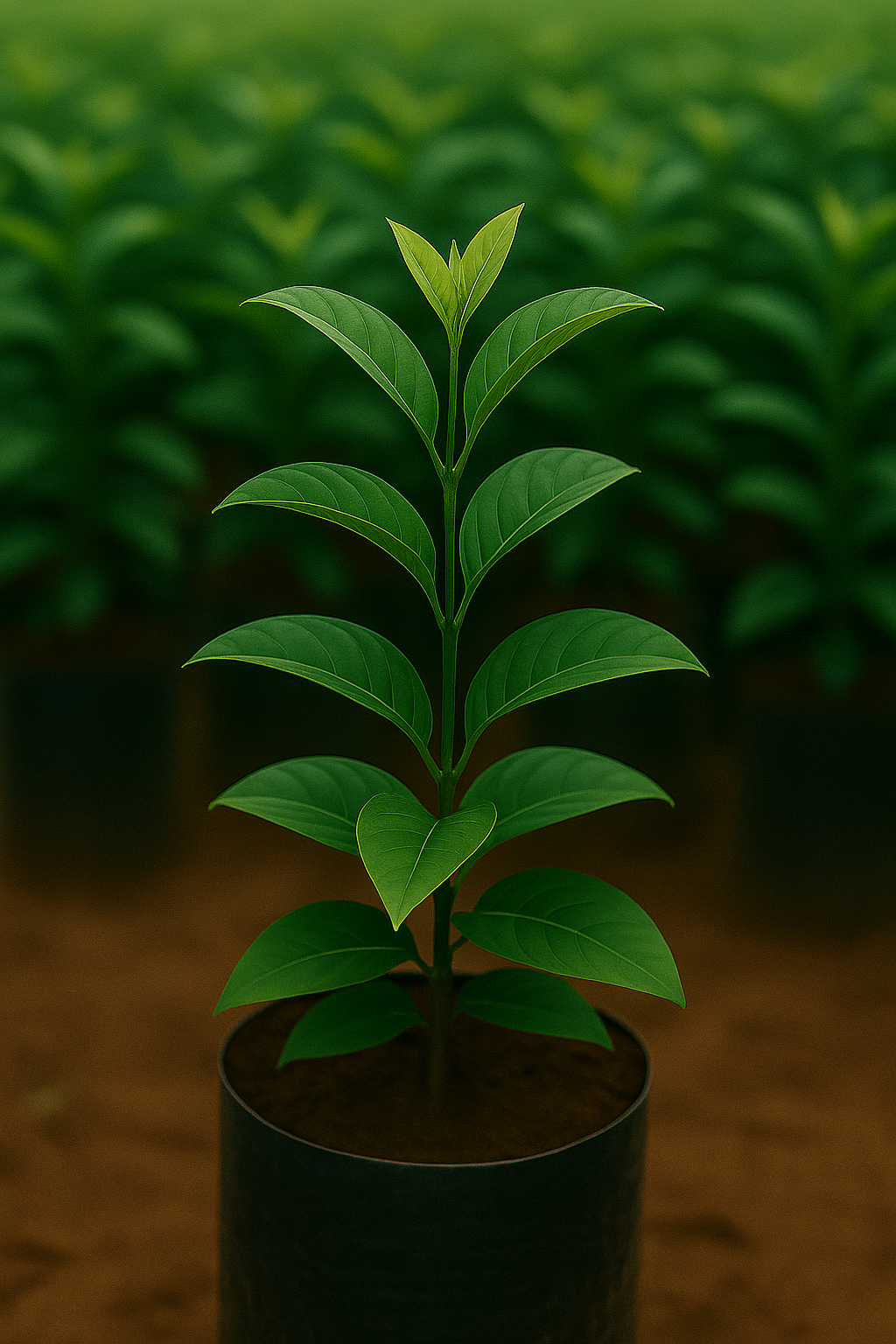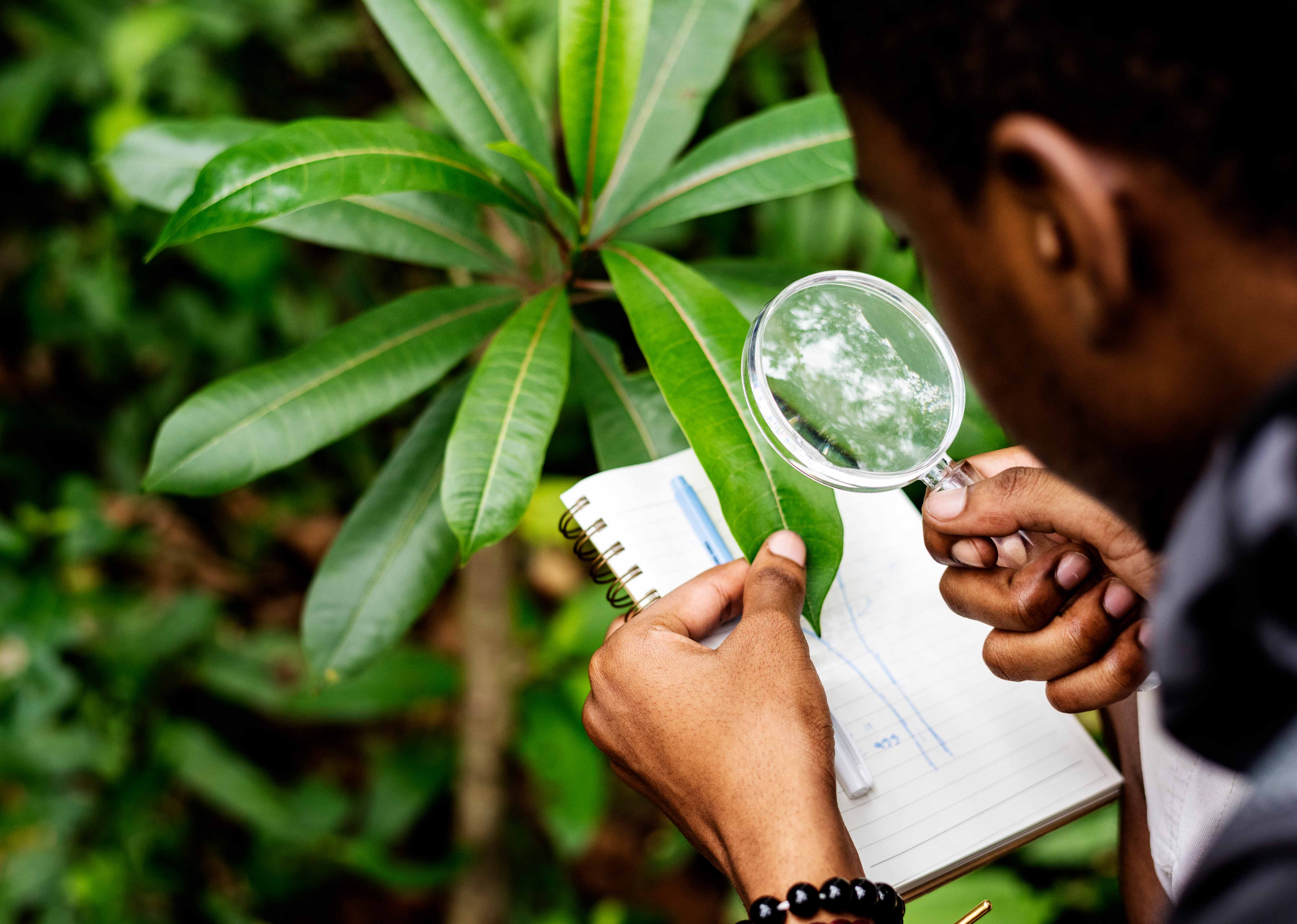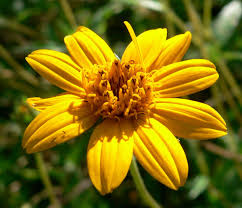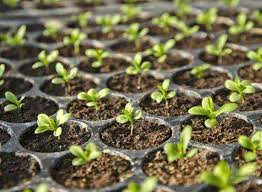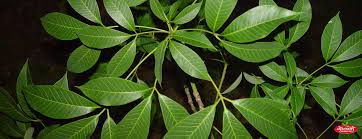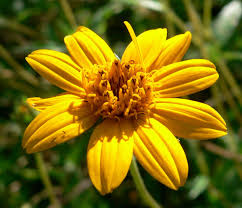CHEERAKUZHY GROUP OF
NURSERIES
The Trusted Name in Quality Rubber Plants
Rubber Varieties We Offer
Our Rubber Journey

foundation & Early Growth (1979–1990s)
Cheerakuzhy Rubber Nursery began with just 1,000 plants and later incorporated as Cheerakuzhy Rubber Nursery & Research Centre Pvt Ltd.
1979
The nursery specialized in brown budding, producing and distributing high-quality budded stumps. Its reputation for quality led the Rubber Board of India to source planting material from Cheerakuzhy for distribution in North East India. During this period, the nursery also began experimenting with green budding.
1980s
Cheerakuzhy transitioned into mass production of brown-budded polybag plants, allowing for larger-scale distribution.
1990s
Pioneering Innovation: Cheerakuzhy Young Budding (1994)
In 1994, driven by a need to improve efficiency and reduce labor costs, Shri K.C. Kuriakose introduced the Cheerakuzhy Young Budding technique.
1994s
Collaboration & Expansion (2007 Onwards)
The Rubber Research Institute of India (RRII) partnered with Cheerakuzhy to integrate the Young Budding technique with the Root Trainer system, resulting in the Young Bud Root Trainer System- now widely adopted across India.
2007
Cheerakuzhy has emerged as the leading nursery in India for Root Trainer rubber plants, supplying to both domestic and global markets with a robust and reliable supply network.
Present Day
Cheerakuzhy Young Budding
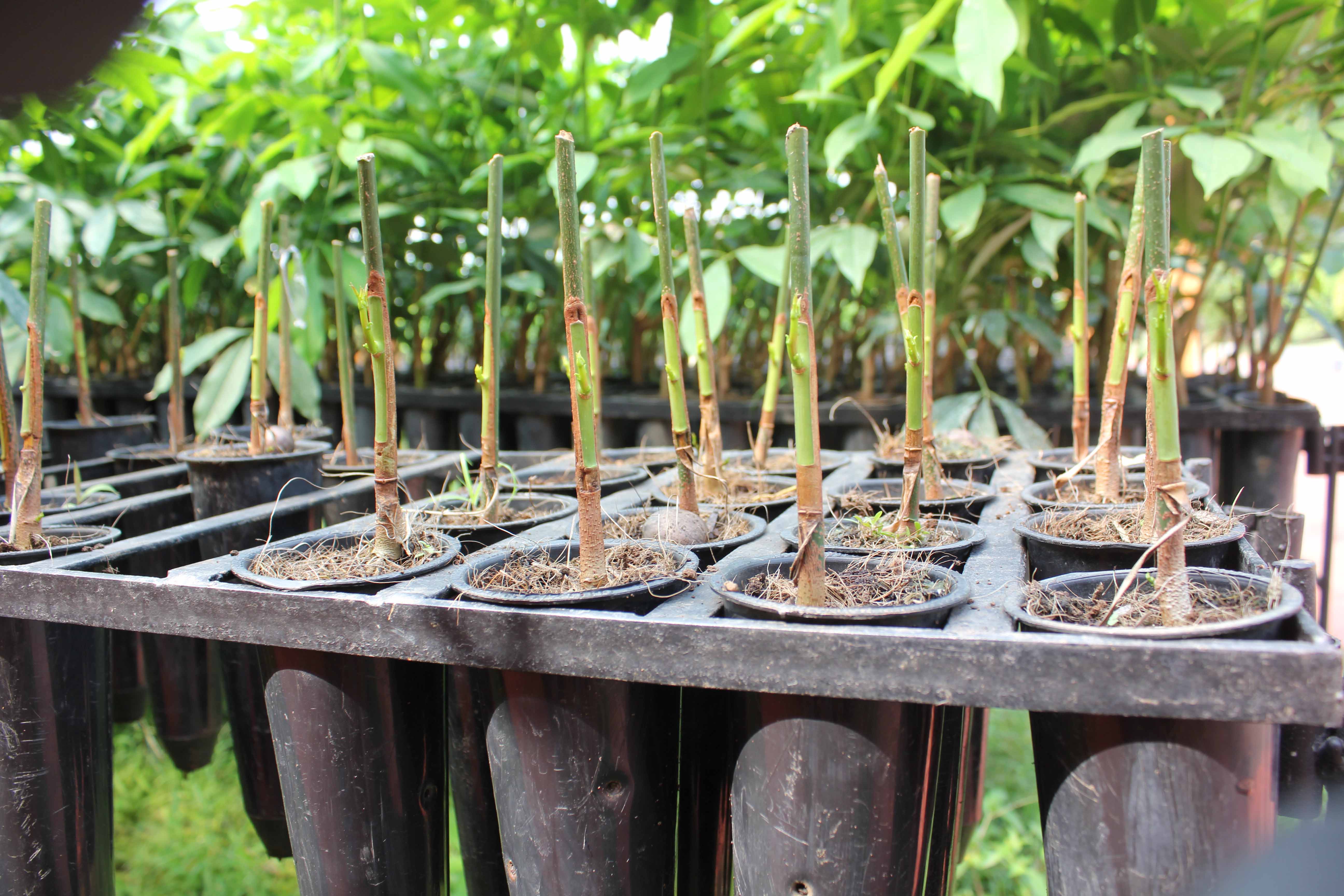
A Revolutionary Advance in Rubber Cultivation
Developed by our founder Shri K.C. Kuriakose, this innovative method marked a breakthrough in rubber cultivation. Moving beyond traditional brown and green budding, it brought lasting improvements to rubber nursery propagation in India.
Using simple tools, practical insight, and scientific curiosity, Shri Kuriakose introduced what was initially called the "Seeded Poly Bag Plant" - now widely known and respected as the Cheerakuzhy Young Budding.
TECHNIQUE OVERVIEW
This advanced propagation technique follows a precise and carefully timed process:

SPECIAL TOOLS & PRECAUTIONS
-

Traditional knives are too rough for young budding.
-

Shri K.C. Kuriakose designed a fine, precision knife to protect delicate tissue.
-

While the process requires care, trained budders can master it effectively with minimal additional effort.
KEY ADVANTAGES OF THE CHEERAKUZHY YOUNG BUD SYSTEM
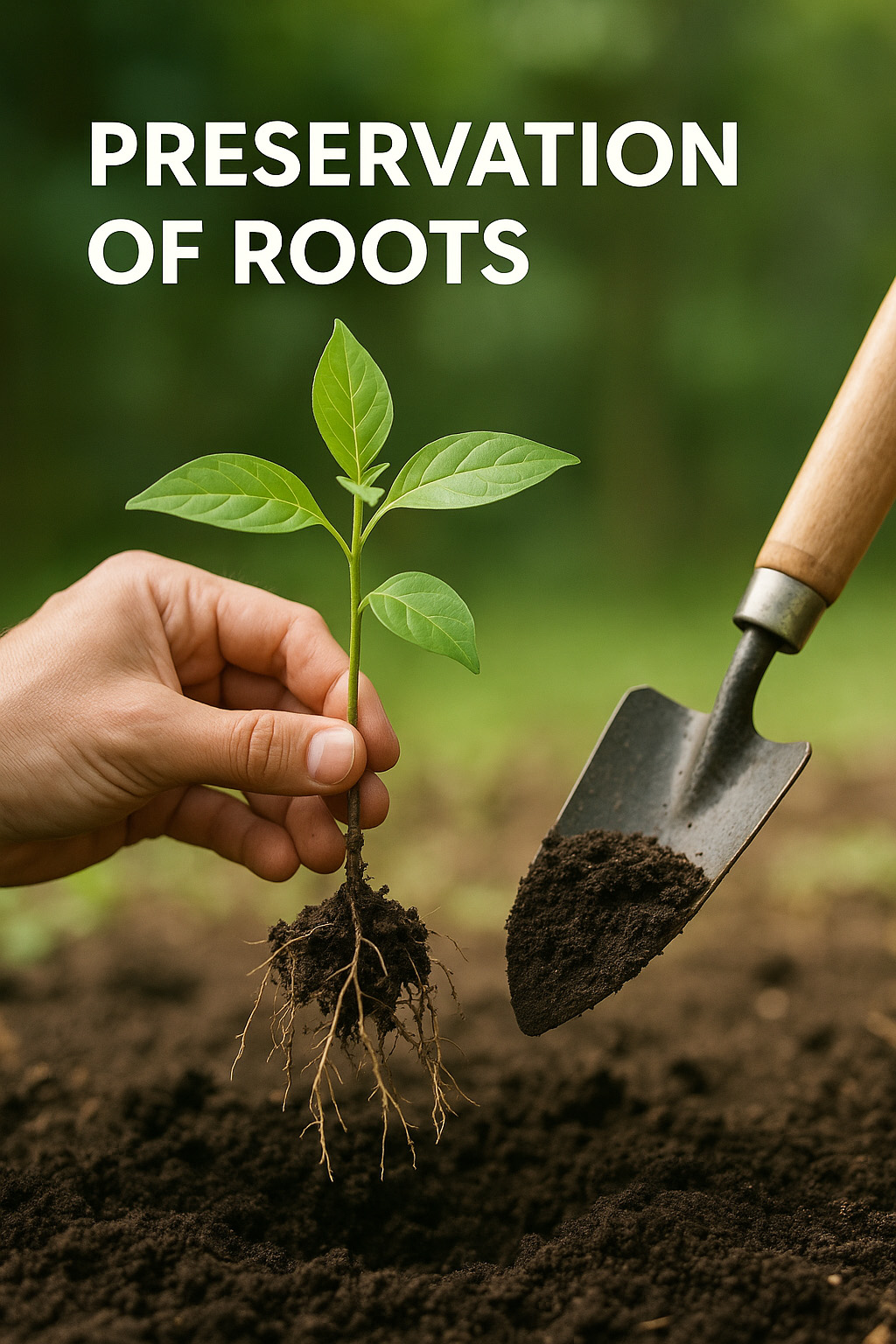
Preservation of Roots
By sowing directly in bags and doing in‑situ budding, we keep both the taproot and lateral roots intact- leading to healthier plants and stronger performance in the field.
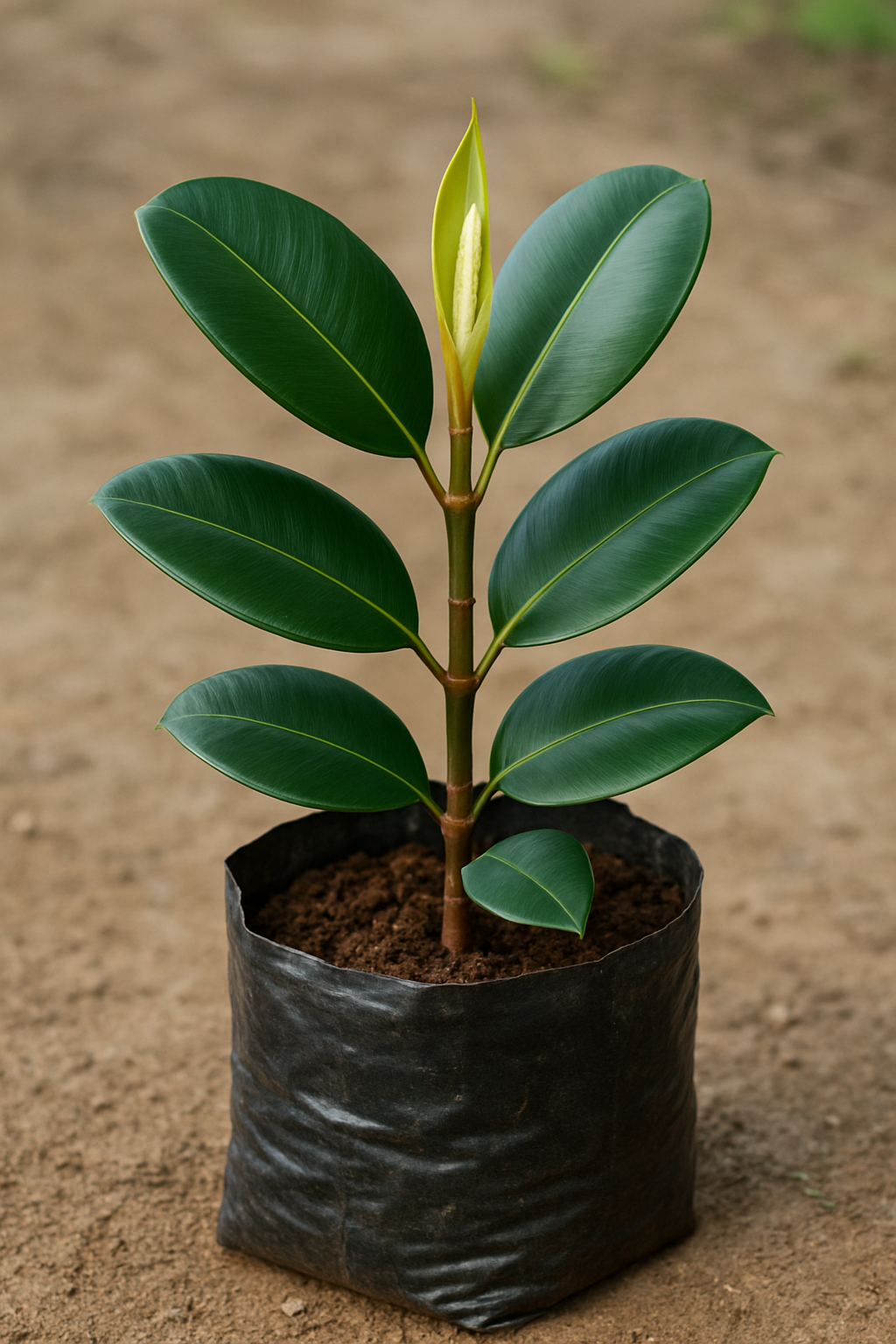
High Budding Success Rate (95–98%)
Carefully selected seedlings and well-timed budding result in exceptionally high success rates and uniformity.
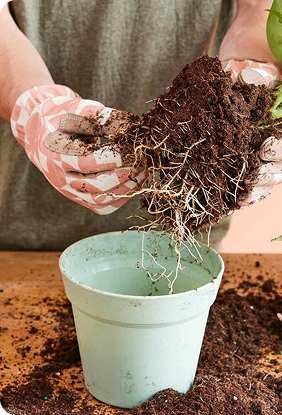
Stronger, Drought-Resistant Plants
By keeping natural roots intact, plants grow deeper and denser root systems, ensuring better anchorage, wind resistance, and moisture access during early stages.
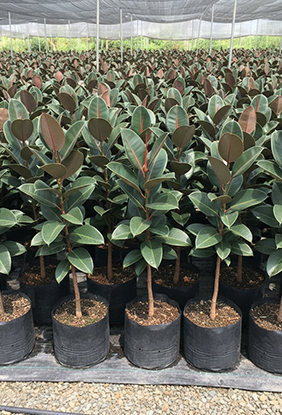
Uniform and Vigorous Growth
Consistency at the nursery level leads to more even canopy development and higher field productivity.
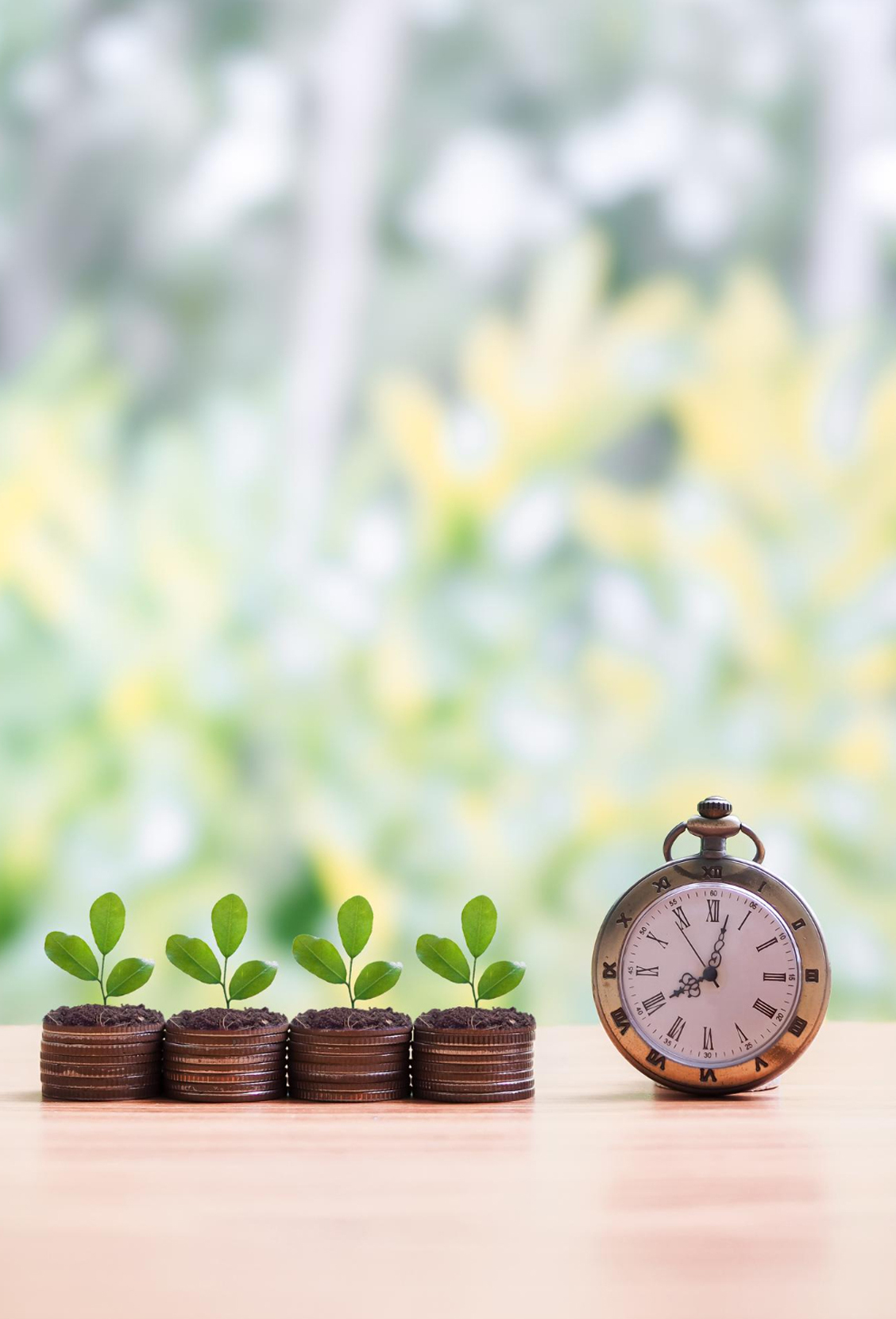
Time Efficiency
The full propagation cycle is completed within 10 months, significantly reducing nursery time.
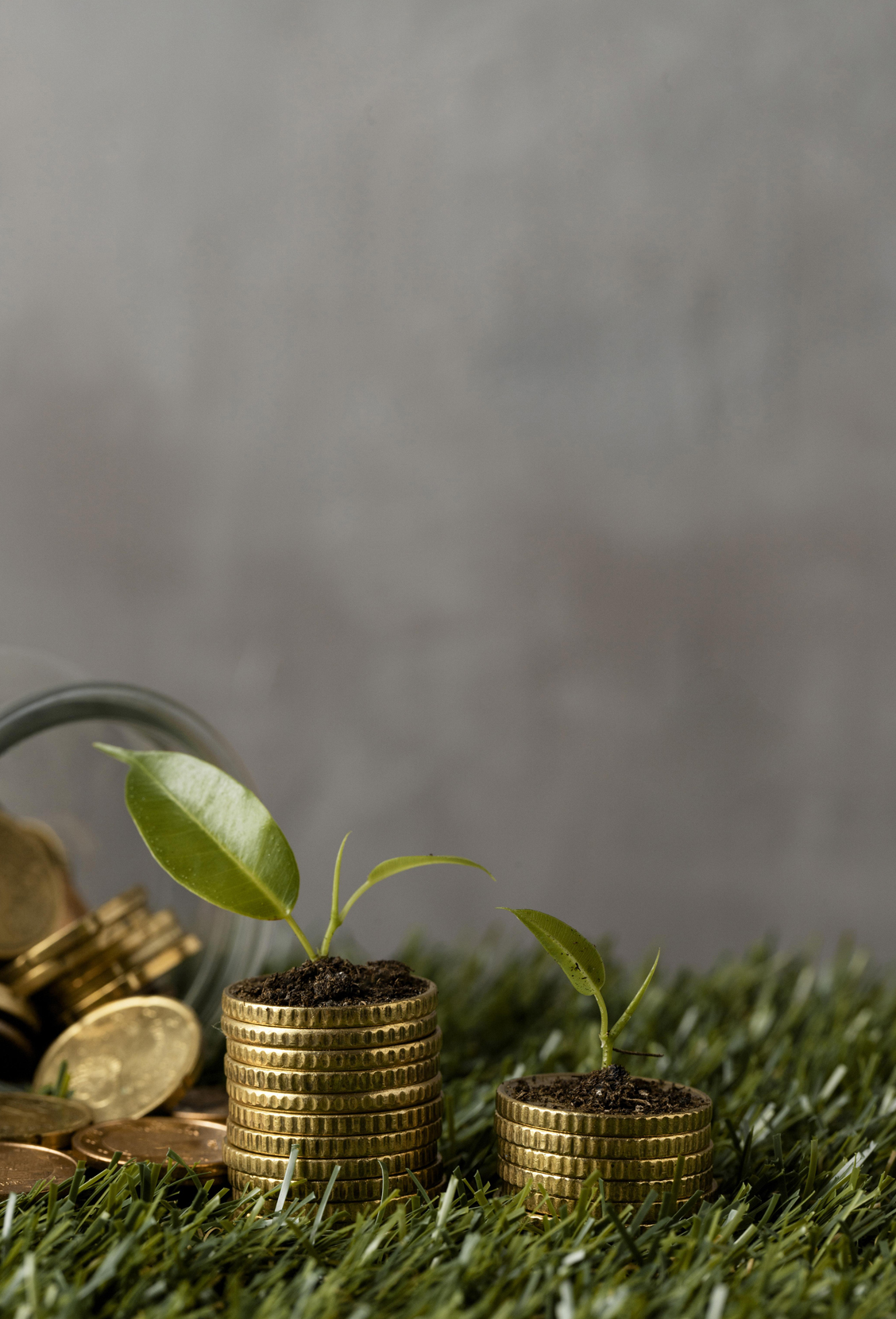
Cost & Labor Efficiency
The Young Bud system cuts space use by two-thirds, reduces labor needs, and lowers both transport and planting costs.
Cheerakuzhy Young
Bud
Root
Trainer Rubber Plants
Developed by Karshakasree K.C. Kuriakose marked a pioneering step in the propagation of Hevea brasiliensis (Rubber). It was one of the earliest methods to raise rubber plants directly in polythene bags- preserving the entire root system and enabling faster growth and early tapping. The Rubber Research Institute of India (RRII) introduced a next-level propagation method using polypropylene root trainer cups.These specially designed containers include:

These design features enable natural air pruning, prevent root coiling, and encourage strong vertical root development, making them ideal for structural root formation.
Propagation Process
GROWTH STAGES AT A GLANCE
| Stage | Duration | Key Activity |
|---|---|---|
| Germination | 1–2 weeks | Sprouted seeds directly planted in cups |
| Budding | Days 28–60 | Young budding |
| Root Development | 2–5 months | Root formation |
| Hardening Phase | 5–9 months | Conditioning on grill stands, air pruning |
| Field-Ready | 10 months | Two-whorled plants with robust growth |
Transport & Logistics Innovations
TOP 10 ADVANTAGES OF CHEERAKUZHY ROOT TRAINER PLANTS
No Root Damage
Taproot and lateral roots remain intact.
Faster Field Readiness
Just 10 months from seed to planting.
High Budding Success Rate
Consistently 95–98%
Superior Root System
Strong anchorage, fibrous roots.
Uniform Growth
90–95% field-level consistency.
Labor-Efficient
Light, easy-to-handle containers.
Minimal Transplant Shock
No planting shock and damage.
Improved Disease Control
Soil-free, elevated growth environment.
Eco-Friendly
Reusable cups, minimal soil usage.
Export-Ready
Light, clean, and shipment-friendly worldwide
Comparative Analysis of Rubber Propagation Methods
| Criteria | Young Bud Root Trainer | Young Bud Polybag | Brown Bud Polybag |
|---|---|---|---|
| Potting Medium | Coco peat mix | Top soil | Top soil |
| Budding Starts | Day 28 | Day 28 | After 10 months |
| Field Readiness | 10 months | 10 months | 22 months |
| Root Coiling | Prevented | Possible | Common |
| Air Pruning | Yes | No | No |
| Transplant Shock | Minimal | Moderate | High |
| Root System | Natural & fibrous | Moderate | Often damaged |
| Growth Uniformity | 90–95% | 90% | 70–80% |
| Drought/Wind Tolerance | High | Medium | Low |
| Transportability | Light weight | Heavy | Very heavy |
| Reusability | Yes | No | No |
| Export Feasibility | Yes | No | No |
| Technological Level | Most Advanced | Advanced | Outdated |
CHEERAKUZHY WONDER
ROOT
TECHNOLOGY
THE NEXT EVOLUTION IN ROOT TRAINER RUBBER PLANT PROPAGATION
The Wonder Root Technology is an advanced and optimized version of the widely adopted Young Bud Root Trainer System, developed through years of field experience and innovation by the Cheerakuzhy Group of Nurseries.
WHAT MAKES WONDER ROOT UNIQUE?
Unlike the regular Root Trainer method, where seedlings in cups are initially placed on the ground and shifted to hardening stands only after budding and cutback, the Wonder Root System changes the game entirely:
KEY BENEFITS
TECHNICAL ADVANTAGES OF THE WONDER ROOT SYSTEM
| Feature | Wonder Root System | Regular Root Trainer |
|---|---|---|
| Hardening Start | From seed sowing (Day 1) | After budding and cutback (4–5 months) |
| Taproot Preservation | From seed sowing (Day 1) | Taproot cut during hardening transfer |
| Root Trainer Position | In stands from start | Initially placed on ground |
| Hardening Duration | Full 10 months | Only 4–5 months |
| Lateral Root Development | Extremely dense (10× more) | Moderate |
| Root Coiling | Completely avoided | Possible if delayed transfer |
| Transplant Shock | Minimal | Moderate |
| Drought/Wind Resistance | Very high | Moderate |
| Growth Rate | Faster | Standard |
| Field Uniformity | Excellent | Good |
OUR BUD
WOOD NURSERY – THE HEART
OF RUBBER PROPAGATION
At Cheerakuzhy Group of Nurseries, we believe that the foundation of a high-performing rubber plant lies in the quality of its scion material. This quality originates from one critical source: a well-maintained bud wood nursery.
RUBBER CULTIVATION AND PRACTICES IN INDIA
INTRODUCTION
Rubber (Hevea brasiliensis) cultivation plays a vital role in India’s agro-economy, particularly in states like Kerala, Tamil Nadu, Karnataka, and parts of the Northeast. For successful plantation and optimal latex yield, careful attention must be given from the site selection and planting stage through to tapping and disease management. Proper planting techniques, high-quality planting material, and early maintenance are critical for healthy plant establishment and long-term productivity.
1. Selection Of Planting Material
Choosing quality planting materials is essential for a productive rubber plantation. Poor-quality stocks can lead to stunted growth, susceptibility to diseases, and delayed tapping maturity.

2. Pre-Planting Operations (Before Monsoon)
Land Clearing: Remove all weeds, waste trees, and undergrowth—occasional light burning of carefully controlled heaps may help manage weeds.
Infrastructure Setup: Build terraced roads and paths to ensure smooth access for planting, supervision, and latex collection.

3. Lining And Spacingl
Correct spacing ensures proper canopy development, efficient field use, and ease of maintenance.
| Terrain | Plant Type | Spacing (m) | Plant Density (per ha) |
|---|---|---|---|
| Hilly | RT / Polybag | 6.7 × 3.4 | 445 |
| Flat | RT / Polybag | 4.9 × 4.9 | 420 |
4. Terracing (For Hilly Areas)
Terracing is essential in sloped terrains to control soil erosion and enhance water conservation.
- Recommended Width: 125 to 150 meters.
- Invert slope 20–30 cm to trap runoff and moisture.
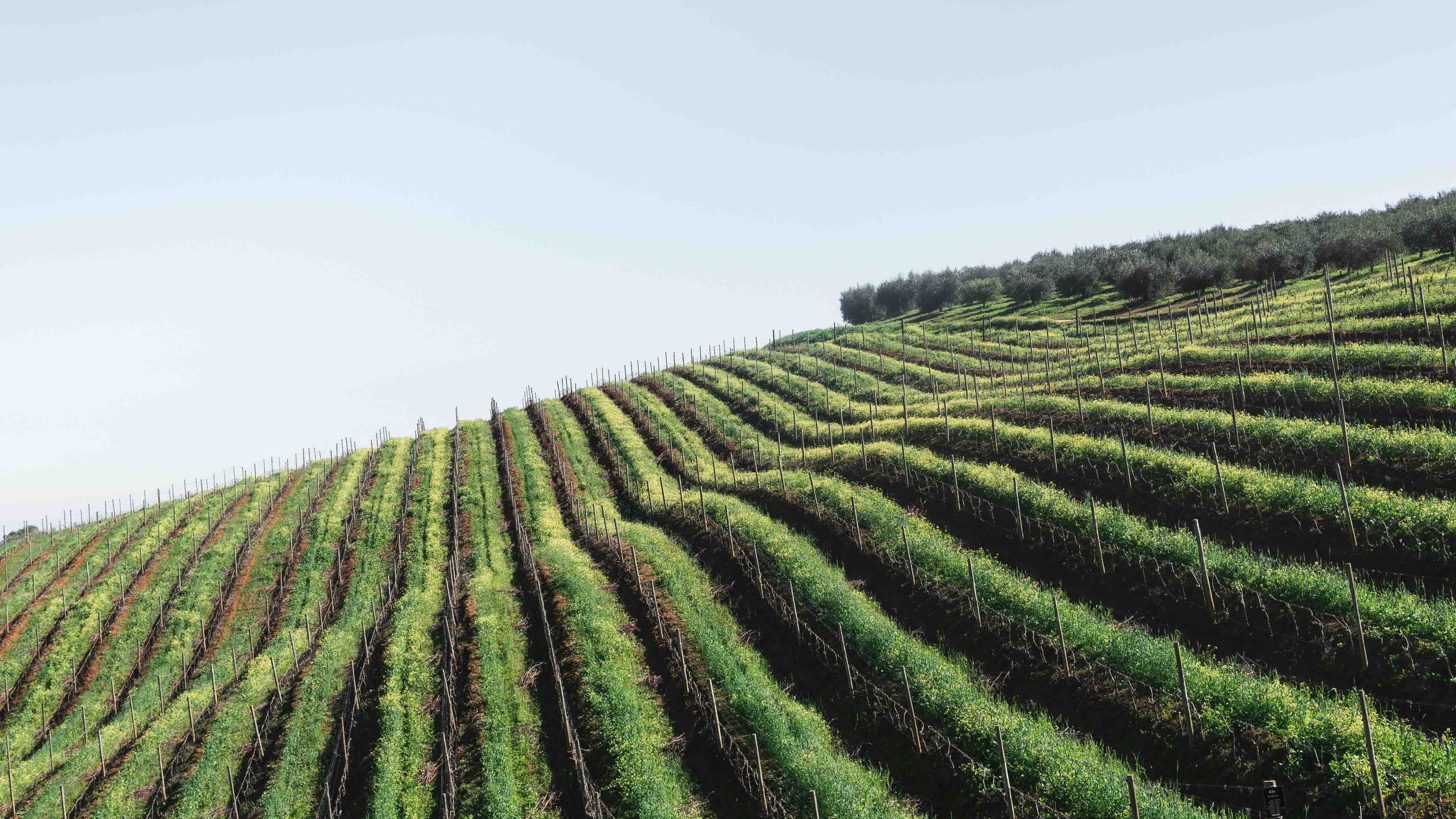
5. Field Planting
Ideal Time:
- Monsoon Season (June–July) is optimal, ensuring good soil moisture and minimal transplant shock.
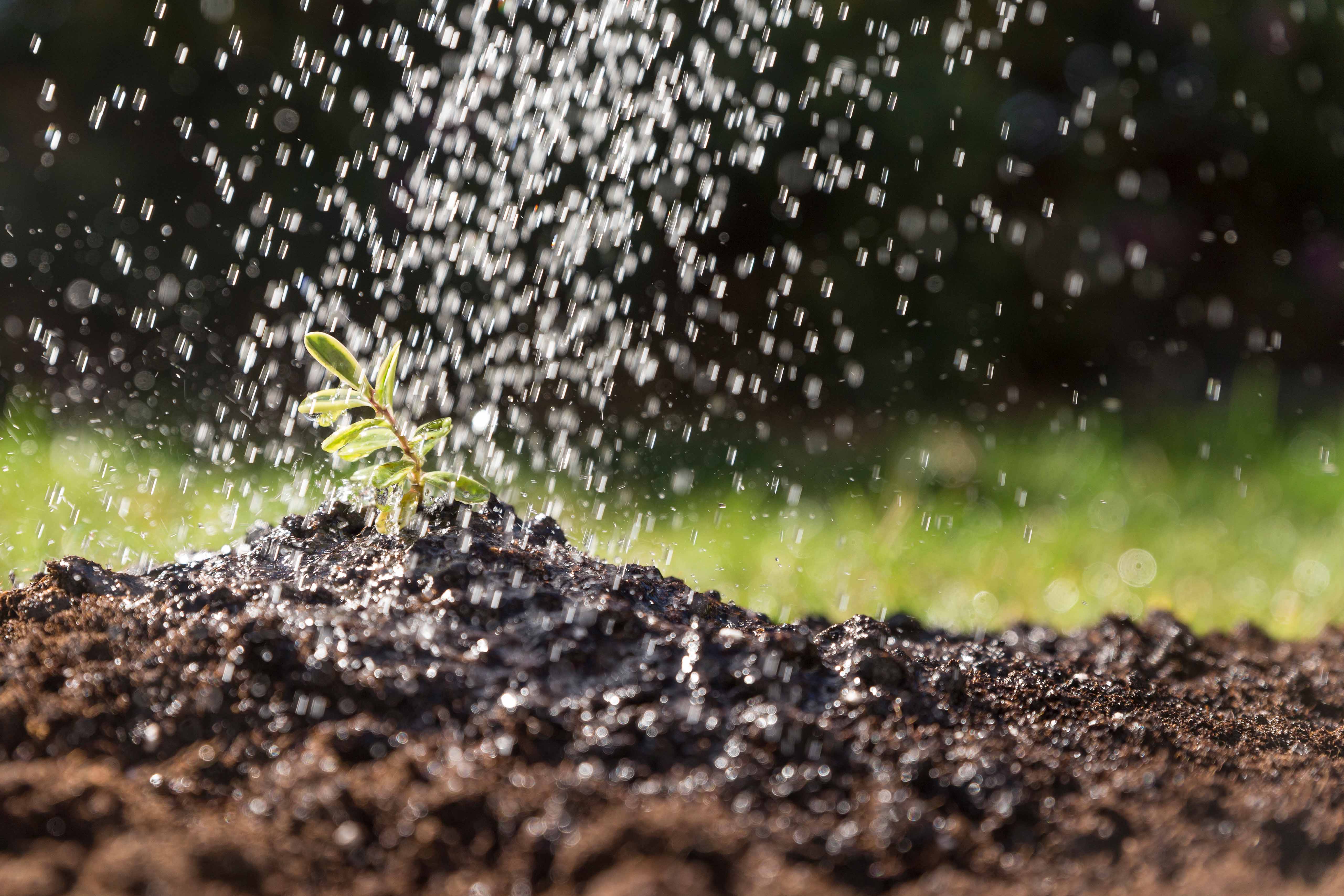
6. Post-Planting Care
- Field Inspections : Frequent visits help detect early signs of pest or nutrient issues.
- Shoot Management : Remove false shoots and side branches below 2.5 m to promote straight stem growth.
- Disease Prevention : Disease Prevention: Use weekly fungicide sprays (e.g., copper oxychloride, mancozeb, or carbendazim).
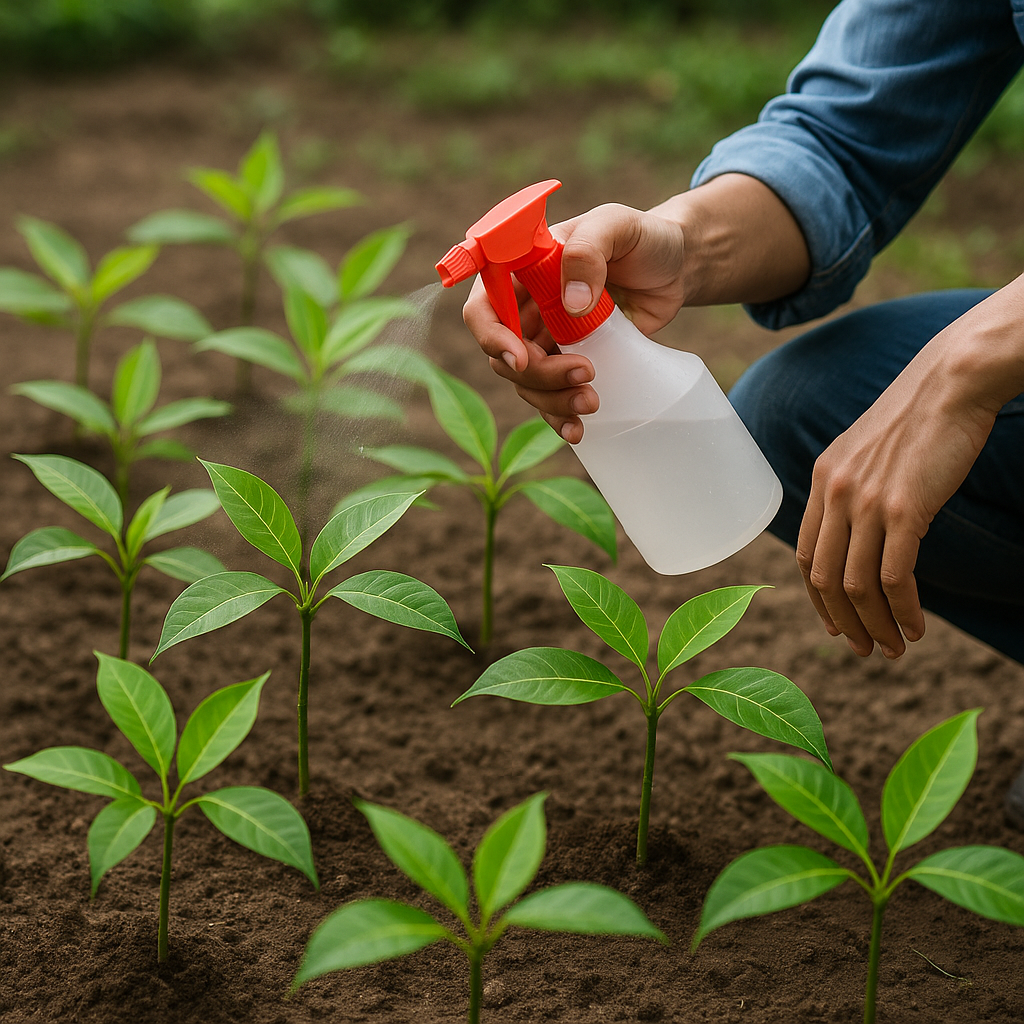
7. Intercropping In Rubber
Utilizing the space between immature rubber plants increases early farm income and land-use efficiency.
- Maintain at least 1.5 m distance from rubber trunks.
- Apply fertilizers separately to intercrops.
- Avoid crops that compete aggressively or attract pests.
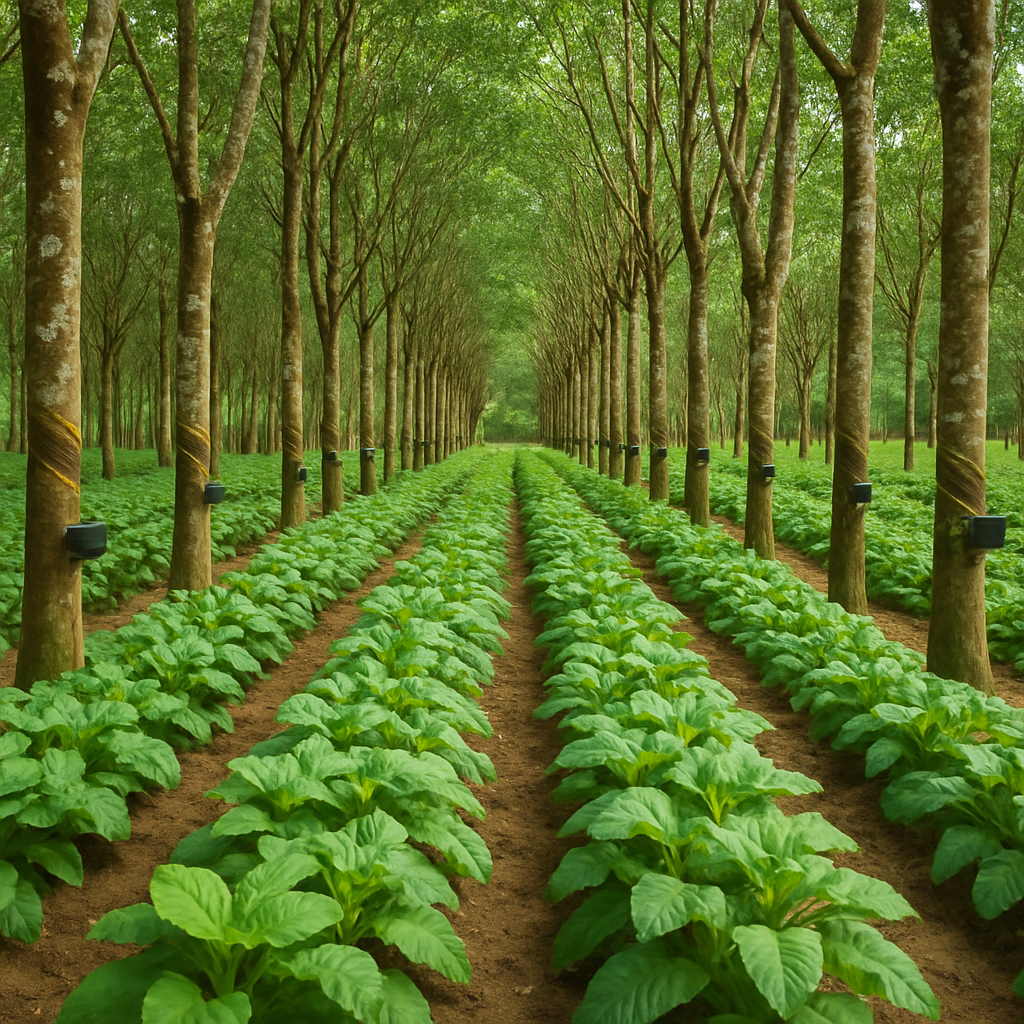
8. Cover Crops
Cover crops improve soil quality, prevent erosion, and suppress weeds.
- Pueraria phaseoloides: Sun-loving, excellent for weed control.
- Mucuna bracteata: Drought-resistant, shade-tolerant, nitrogen-fixing.
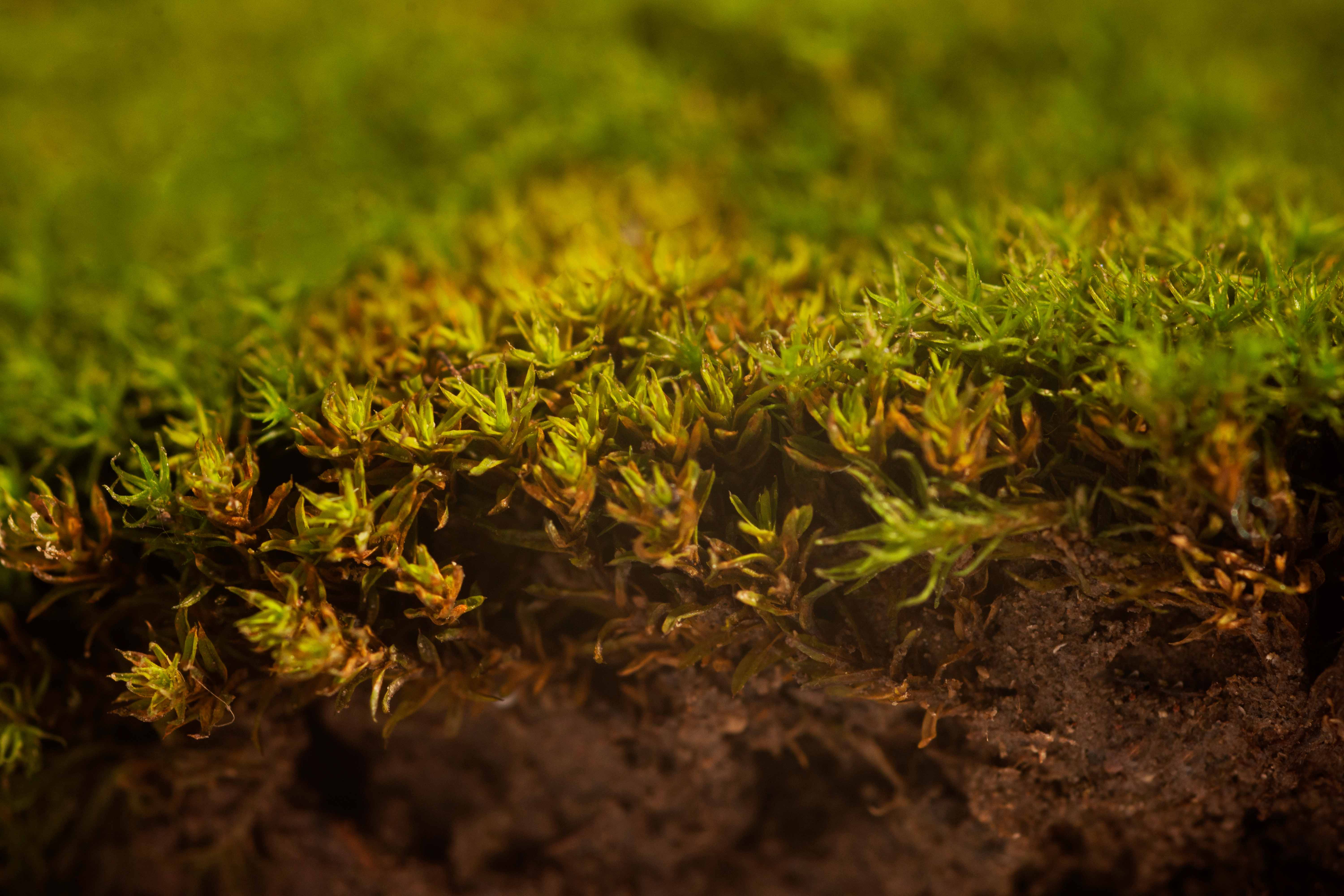
9. Mulching, Shading & Whitewashing
Mulching (Nov–Dec):
- Use dry leaves, straw, or cover crop waste.
- Benefits: Conserves moisture, cools soil, boosts microbes, reduces weeds and erosion.
Shading:
- Protect young plants with coconut fronds, gunny bags, or shade nets during hot dry periods.
Whitewashing:
- Apply lime or china clay to trunks from Year 2 until canopy closure to prevent bark cracking and sunburn, especially in exposed areas.
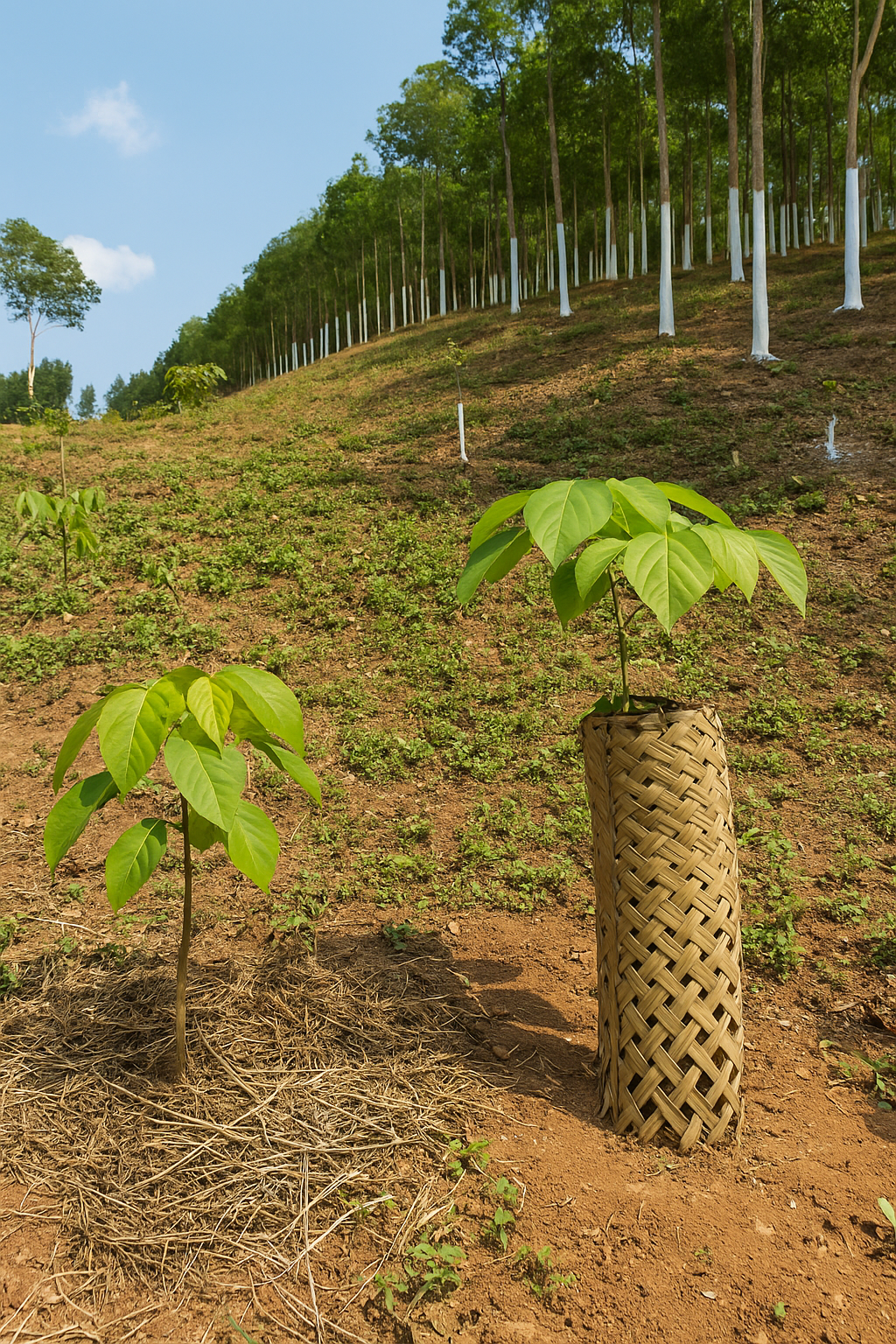
10. Inducing Branches
Encourage branching at 2.5–3 m for strong canopy structure and ease of tapping.
- Techniques:
Ring Cutting: Two shallow cuts 20 cm apart above leaf scars.
Leaf Folding: Tie the terminal bud with the leaf whorl for 3–4 weeks.
Leaf Capping: Secure 3 mature leaflets over the bud to stimulate lateral shoot growth.
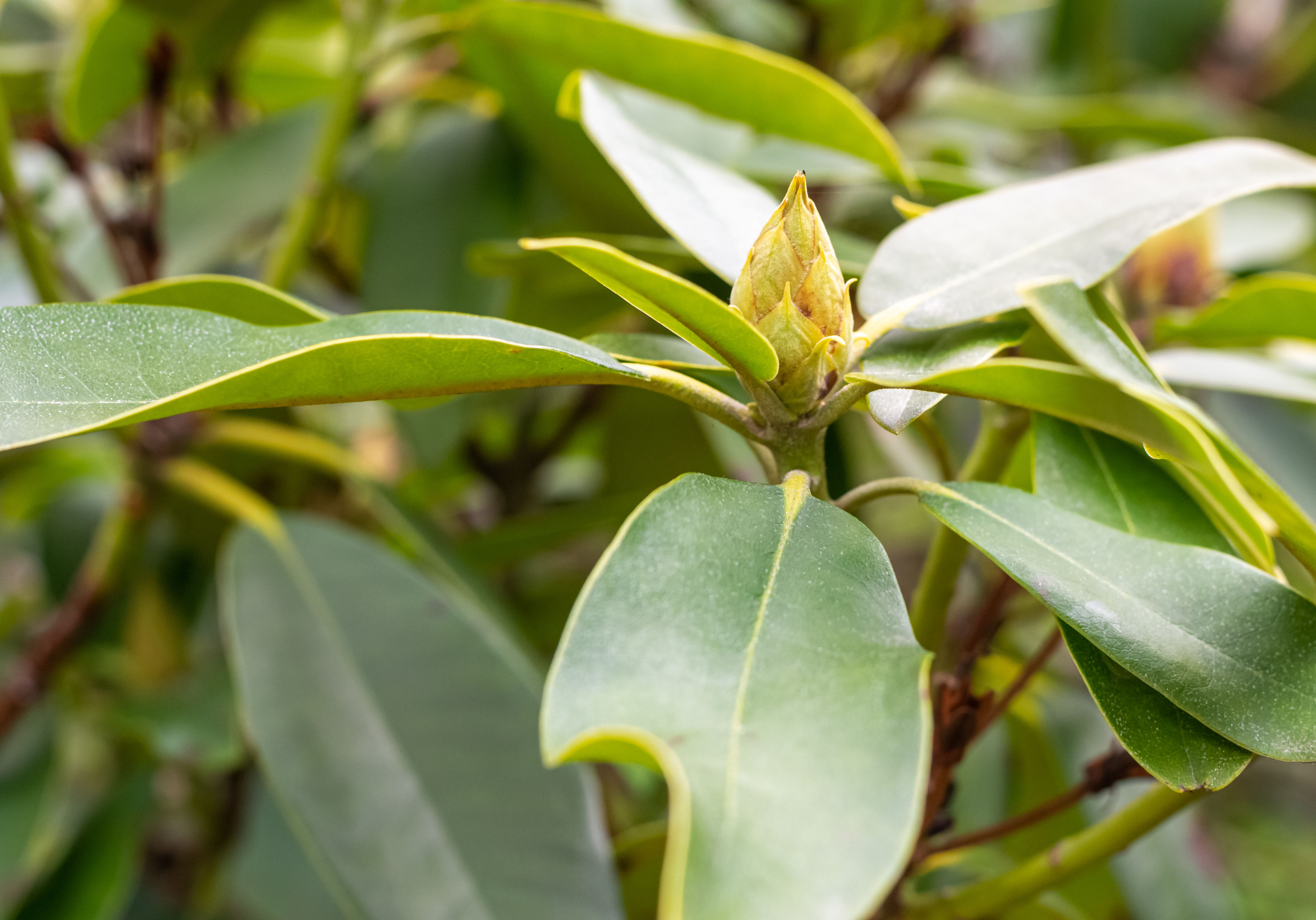
11. Weed Management
Weed competition during the first 4–6 months can severely impact growth, reducing plant height and canopy by up to 50%.
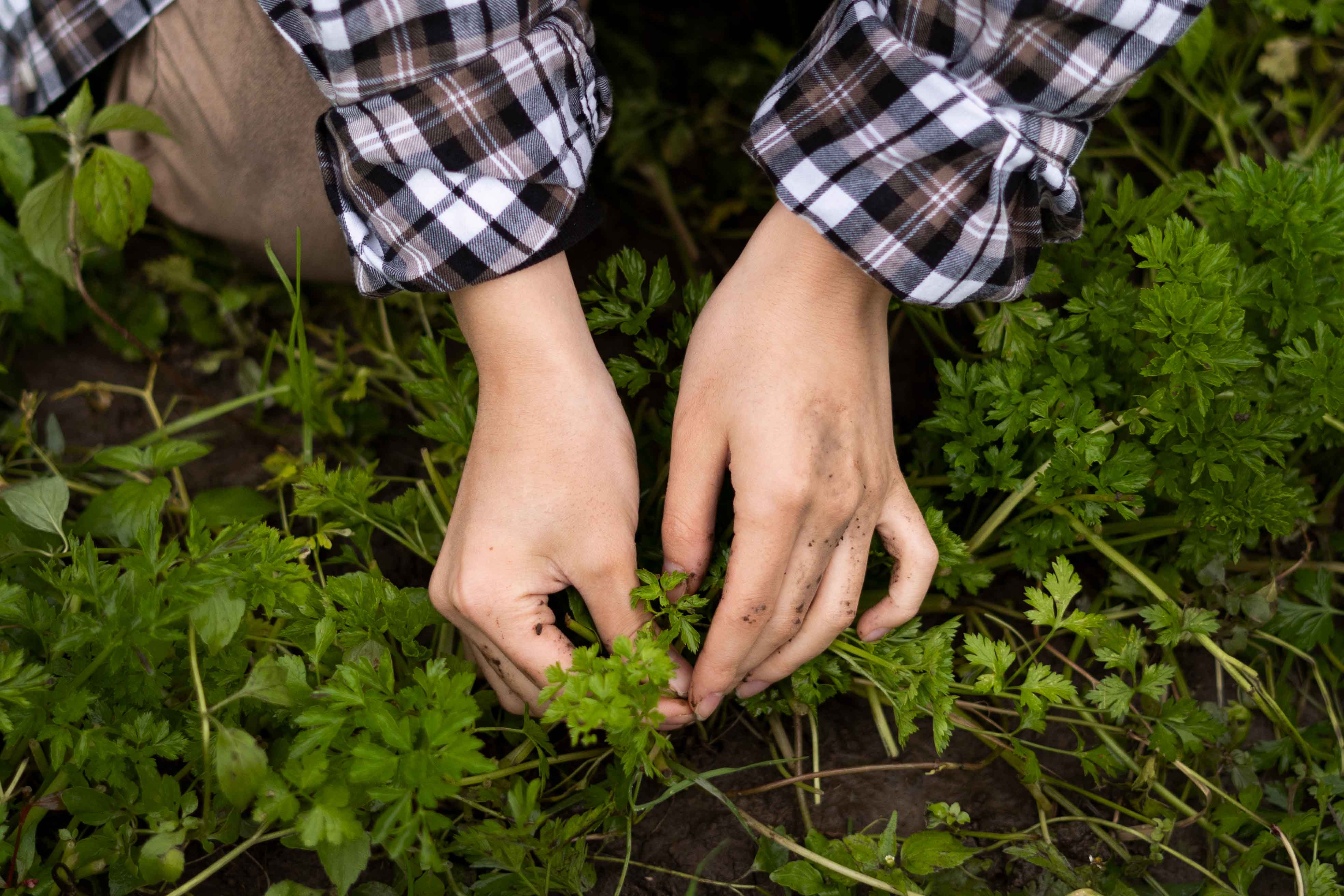
12. Manuring And Fertilizer Application
Organic Inputs (at Planting)
- Compost / Cattle Manure: 12 kg per pit.
- Rock Phosphate: 200 g per pit (or mixed into top 20 cm in forest soils).
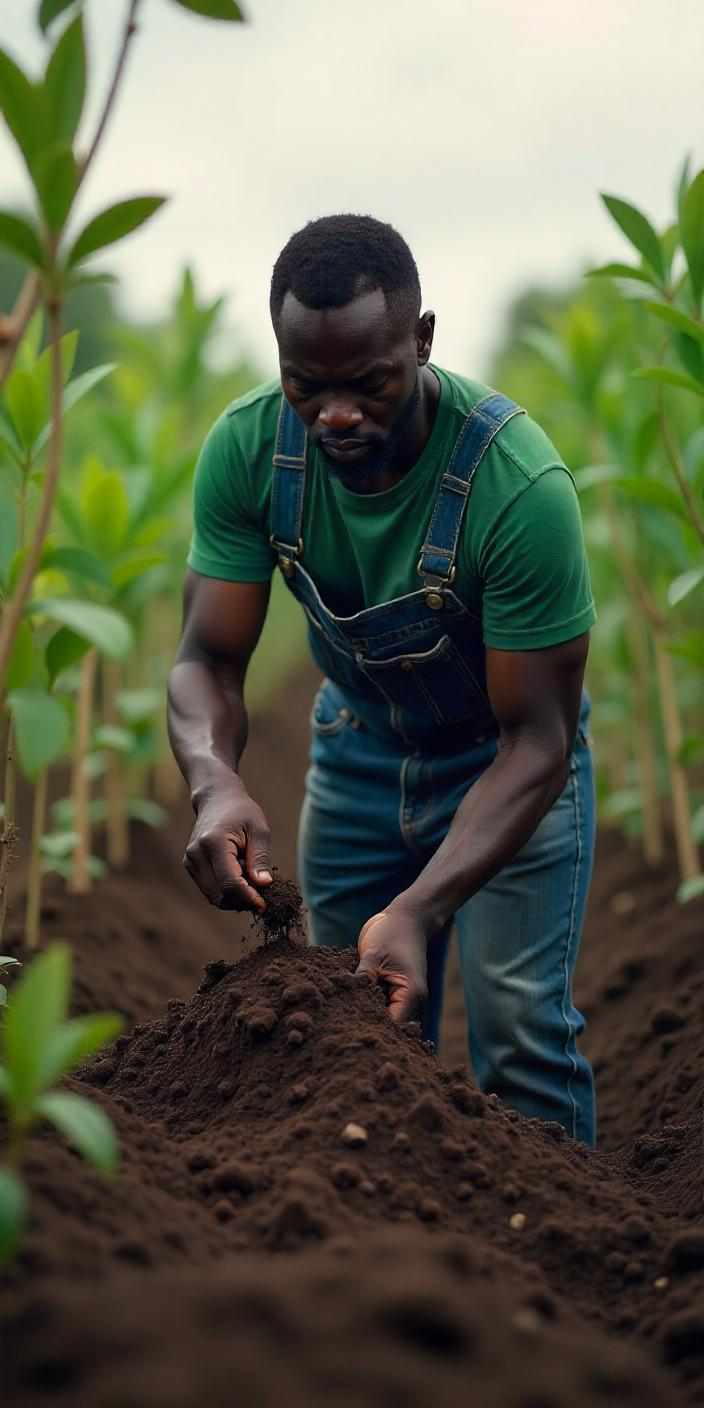
Chemical Fertilizer Schedule:
| Year | Time | Dose per Plant | Fertilizer Type |
|---|---|---|---|
| 1st | June–July (after 20 days) | 60–75 g | 12:12:6 NPK |
| 1st | Aug | 100–125 g | 12:12:6 NPK |
| 1st | Sept–Oct | 200–250 g | 12:12:6 NPK |
| 2nd | May–June & Sept–Oct | 300–350 g | 12:12:6 NPK |
| 3rd & 4th | May–June & Sept–Oct | 400–450 g | 12:12:6 NPK |
| 5th Onwards | May–June & Sept–Oct | 500–550 g | 18:18:18 NPK |
13. Integrated Disease Management
Major Diseases & Symptoms:
- Phytophthora spp.: Leaf fall, shoot rot, bark canker.
- Corynespora / Colletotrichum: Leaf spots and premature leaf shedding.
- Pink Disease (Corticium salmonicolor): Bark infection and die-back.
- Powdery Mildew (Oidium heveae): White powder on leaves in winter (Dec–Mar).
Rainy Season Management: (June to Nov)
- Preventive: Bordeaux mixture (1%) or Copper oxychloride (5 g/l).
- Curative (alternate weekly sprays):
- Curative (alternate weekly sprays):
Mancozeb (2 g/l)
Carbendazim (1 g/l)
Copper oxychloride (5g/l)
Winter Management: (December-March)
- Wettable Sulphur (3 g/l) or Carbendazim (1 g/l) weekly for young trees.

14. Tapping And Tapping Initiation
Tapping Criteria
- Minimum Girth: 50 cm (measured at 125 cm from the bud union).
- Threshold for Plot: At least 70% of trees must meet the girth requirement.
- Typical Age: 7 years under traditional methods; 6 years of root trainer plants and best practices are followed.
Best Time to Begin: March–April
- Primary Season: March–April (dry season, supports better wound healing).
- Secondary Season: September (if trees mature post-monsoon).
